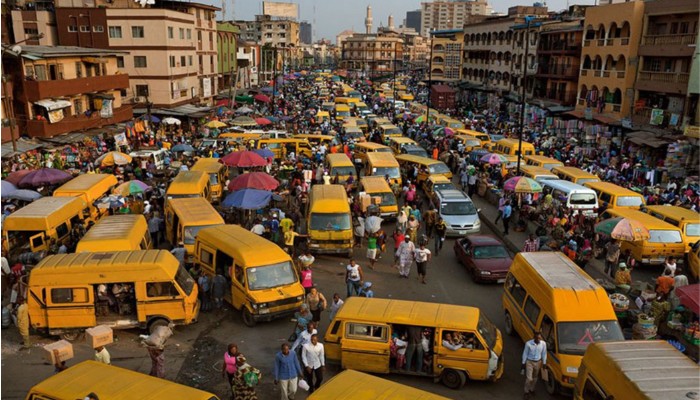The recent inflation report from the National Bureau of Statistics (NBS) revealed an unexpected downturn in Nigeria’s transport inflation, marking the first decline in over two years. In October 2023, the transport inflation rate slowed to 27.04%, stepping back from the two-year high of 27.18% recorded in the prior month.
This decline, a rarity since July 2019, occurred despite the country grappling with increased transportation costs following the removal of the petrol subsidy and a surge in crude oil prices.

The removal of the petrol subsidy had a seismic impact on Nigeria’s transport sector and overall economy. Premium Motor Spirit (PMS) prices skyrocketed from a modest average of N189 per litre to an astonishing N600, a staggering increase of over 200%.
This abrupt surge in fuel prices sent shockwaves through the transportation networks, affecting various modes of transport nationwide.
Additionally, the subsidy removal coincided with a significant depreciation of the national currency, the naira, against the USD. The currency devaluation, exceeding 40%, resulted from the floating of the local currency and the consolidation of multiple FX markets into the National Autonomous Foreign Exchange Market (NAFEM). This devaluation added to the challenges faced by the transport sector, particularly impacting the aviation industry.
The confluence of factors—subsidy removal, fuel price spikes, and currency devaluation—created a perfect storm for the air travel industry. Airlines, already dealing with rising aviation fuel costs, found themselves navigating an even more challenging terrain.
Nigeria’s headline inflation reached its highest level in over 18 years, standing at 27.33% in October 2023, marking the 10th consecutive month of increase, according to the NBS. The breakdown of the report showed accelerated growth in both components of the headline index. Food inflation rose to 31.52%, the highest since August 2005, while core inflation accelerated to 22.58%, the highest since December 2006.
In terms of contribution to the year-on-year inflation by divisional level, food and non-alcoholic beverages contributed the most with 14.16%, followed by household consumables (4.57%), clothing and footwear (2.09%), and transport (1.78%).
The report also indicated that inflation in the urban region rose to 29.29%, while rural inflation galloped to 25.58% in the review month.







